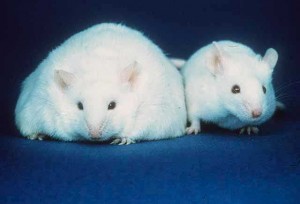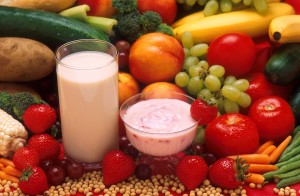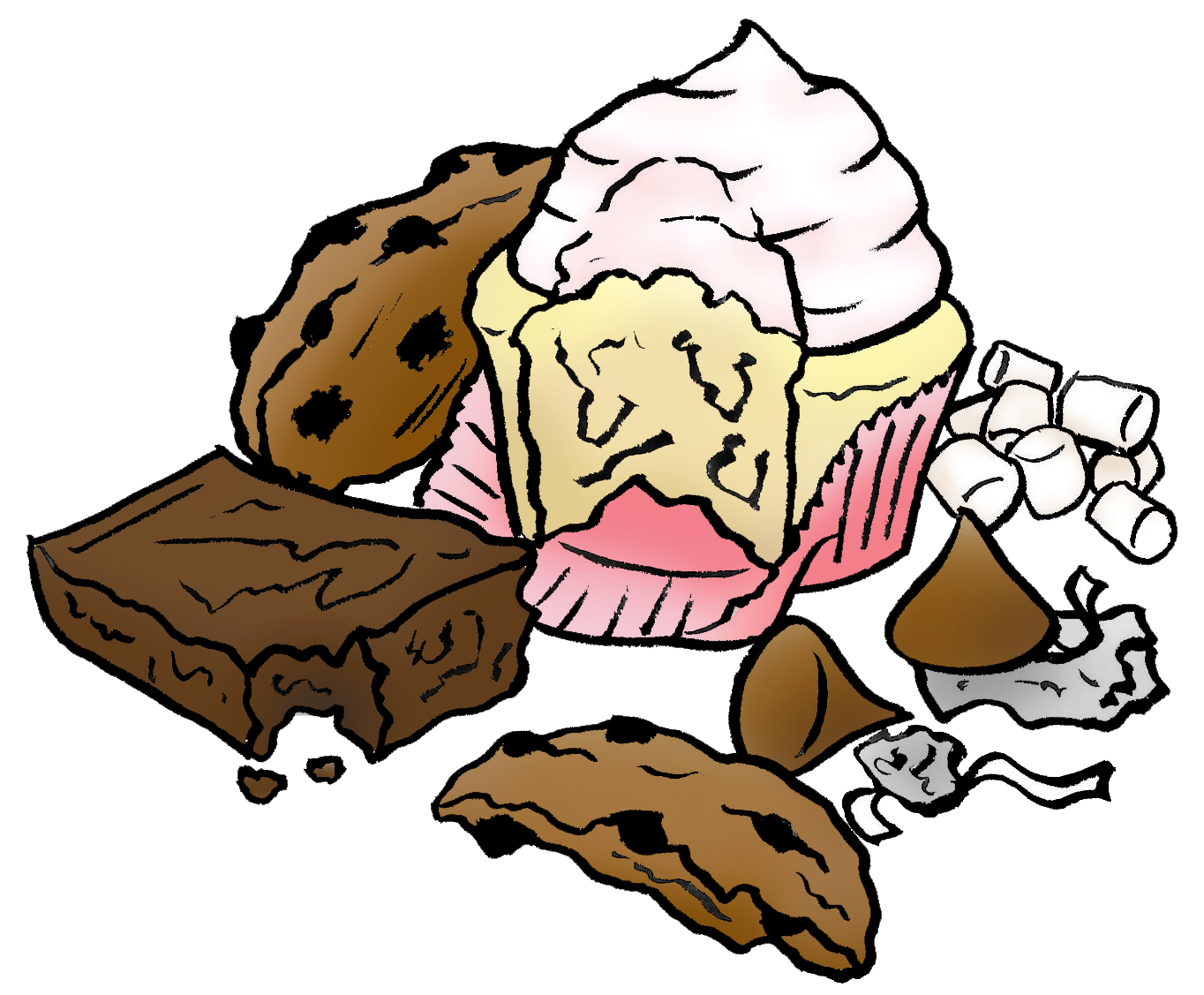Sugar: the lonely soul’s best friend and the dieter’s worst nightmare. It is an undeniable truth that when we crave a snack, we tend to reach for those forbidden sweets, not the asparagus sitting in the fridge. So what is it about sugar that gives it such power over people? A study recently published in Nature Neuroscience may have found the answer: sugar cravings have little to do with sweetness and everything to do with calories.
The brain on sugar
Researchers at Yale’s John B. Pierce Laboratory performed a series of experiments to look into brain activity related to sugar intake. It has long been known that the striatum, a subcortical region of the brain, is involved in reward circuitry, but how this circuitry functioned in response to sugar remained unclear. The researchers discovered that separate regions of the striatum controlled response to the pleasurable (sweetness) and nutritional (calorie content) aspects of sugar. Specifically, the ventral striatum controls the response to sweetness and the dorsal striatum mediates the response to calories.
Working with mice, researchers observed that ventral striatum activity increased when mice licked a sweet solution even if they were given infusions calorie-free sugar. Conversely, dorsal striatum activity increased when the mice were given infusions of ordinary sugar, even if the mice were licking a bitter solution. These experiments helped demonstrate that the ventral striatum is activated in response to sweetness while the dorsal striatum is activated in response to calories.
Activation of these regions in turn determined the feeding behavior of the mice. In a second set of experiments, the researchers taught the mice that that licking the bitter solution would result in an infusion of sugar. Mice with a functioning dorsal striatum opted to bite the bullet and lick the bitter solution so long as the infusions they received had high concentrations of sugar; however, when the researchers inhibited the neuronal signaling in this brain region, the mice licked the bitter solution less frequently. In other words, if the circuitry controlling the response to calories did not work, the mice did not feel compelled to consume more.

The researchers then wanted to find out which of the responses – pleasure or nutrition – would win out if the mice had to make a choice. They did this with an elegant experiment, teaching the mice that licking the bitter solution would provide an infusion of ordinary sugar while licking the sweet solution would provide an infusion of non-nutritive sugar. Unsurprisingly, mice in which researchers inhibited the dorsal striatum chose to lick the sweet solution. What was interesting was that mice with proper dorsal striatum function preferred licking the bitter solution, indicating that mice will sacrifice sweetness for caloric content.
To provide further evidence for their model of brain function, the team used optogenetic techniques to turn the dorsal and ventral striatum regions on and off. In optogenetics, scientists engineer a target gene so that it is only expressed when a light-sensitive ion channel detects particular wavelengths of light that researchers shine on it. When the researchers artificially activated the dorsal striatum, the mice were willing to lick the bitter solution despite not actually receiving any sugar infusions. This demonstrated that artificial activation can substitute for the effects of caloric sugar intake when the mice are faced with unpleasant tastes. Interestingly, artificial stimulation of the ventral striatum did not have the same effect, indicating that cues from the calorie pathway carry more weight in the brain than those from sweetness pathway
To eat or not to eat
The results of this study provide a wealth of information on specific neuroscience, but the question that remains is how all that mechanistic jargon translates to actual thoughts and behaviors. When we head to the snack drawer, we do not pause to ask ourselves, “What is my ventral striatum telling me to eat? What is my dorsal striatum telling me to eat?” The reality is that this process occurs completely subconsciously.
In the midst of a culture obsessed with diet fads, a nutritional philosophy called “intuitive eating” has arisen. Originating in the 1970s, intuitive eating emphasizes the importance of simply trusting the mind and body to be attuned to our nutritional needs. Numerous studies have demonstrated that intuitive eating promotes maintenance of a healthy weight and weight loss in those with prior problems overeating. In light of the results of this study, this philosophy seems even more appropriate. “The brain knows we are getting low in reserves,” said Ivan de Araujo, associate professor of psychiatry and cellular and molecular physiology and senior author of the study. “You should use the fact that the brain is getting rewarded as a guide for what you should eat.” When we are hungry, our brain signals the need to take in calories regardless of sweetness, and when we are not particularly hungry, the desire for something sweet wins out.

If we accept the fact that the brain unconsciously regulates our intake, the next thing to consider is how activity in the striatum translates to the act of eating. The brain may be aware that the body needs a specific thing to eat, but what signal from the brain tells us to get up and walk to the refrigerator? The researchers in this study propose a model where the striatum is functionally linked to a region of the brain called the premotor reticular formation, which is located in the brainstem and signals the spinal cord to produce motion. In other words, we are never conscious of what is going on in the brain, but the brain knows what it is doing when it decides to lead us to the snack drawer. “We believe that calories go into parts of the brain without recruiting the conscious cognitive areas, a path [neuroscientists] call ‘the low road.’ …Our voluntary urges are kind of illusions created by feedback from something you actually did,” said de Araujo.
The caloric sweet spot
The understanding of the sugar pathways in the brain has implications beyond individual behavior, including informing the food industry as well as psychologists studying compulsive eating. One well-known study is that of the Pima Indians. The tribe in Arizona has the highest obesity and type 2 diabetes rates in the United States, even as the tribe in Mexico faces few of these issues. Not surprisingly, the Pima Indians have become the poster children for the mismatch between genetics and the food environment. In Mexico, the Pima Indians experience food scarcity and eat what we think of as a “paleo” diet, whereas in Arizona they eat an American diet replete with processed sugars. The body only needs a certain number of calories, and the reward circuitry in the brain likely developed at a time when food was scarce in order to allow for the consumption of as much energy as possible. However, the overwhelming quantity of sugars in the American diet takes advantage of this system and throws off the balance between sweetness and calories in the brain. “The brain somehow figured out that…the ability to survive using energy is more important than the opportunity to sense pleasure out of sweetness,” de Araujo said. “Our food environment is a mismatch for that system.”
Given the nature of the food environment and the fact that much of the blame lies with the processed food industry, it is now more important than ever for the industry to focus on creating foods that remedy the issue. Dr. de Araujo and his team believe that it would be possible to find the point where the inputs from the calorie pathway and the sweetness pathway perfectly counterbalance one another – a “caloric sweet spot,” if you will. What if the food industry could use this information to manufacture foods that can satisfy both our need for energy and our desire for sugar? Perhaps it would be possible to recreate our food environment with the knowledge that calories and sweetness are separate entities, and to one day reduce the incidence of obesity, compulsive eating, diabetes and other sugar-related problems facing society. Wouldn’t that be sweet?
Extra Reading:
Johnson, P.M. & Kenny, P.J. (2010). Dopamine D2 receptors in addiction-like reward dysfunction and compulsive eating in obese rats. Nature Neuroscience, 13, pp635-641.
About the Author:
Jessica Schmerler is a junior in Jonathan Edwards College majoring in molecular, cellular & developmental biology, neurobiology track. She is a member of the Yale Journalism Initiative, a freelance writer for Scientific American MIND magazine, a contributing writer and editor to several on-campus publications and a member of the Yale Cheerleading Team.
Acknowledgements:
The author would like to thank Dr. de Araujo for his time and enthusiasm about his research.

